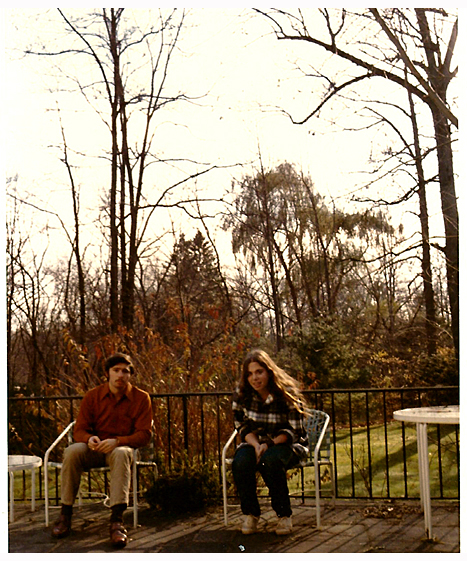
I lived in the suburbs of New York City for the first 18 years of my life. Our family home was bordered on both sides by other homes built in the ‘40s, but our backyard was adjacent to undeveloped land we called “the woods.”
Though not terribly large, perhaps two acres, the woods were thickly forested with leafy Oak, Maple, Beech, Locust, Elm and a wide variety of bushes. In the spring, as winter snow melted, water formed in shallow pools at low points, and as temperatures warmed, “skunk” cabbage would quickly poke its pointy head up through the wet leaves. The fallen wealth of deciduous trees covering the ground and the ample moisture lent the woods a musky, heavy scent, and whole communities of striped salamanders and fat toads inhabited the rocks and undergrowth. In April or May, thickets of tiny yellow lilies with red spotted leaves would bloom all at once, and be gone within a week. A month later, wild onions would be growing; I’d pull some to sell as “scallions” to the neighbors, who out of kindness would buy some for a quarter.
By mid-summer, the woods were shrouded in cool, deep shade. At times, the only sound was that of countless inch worms crunching on green leaves. Some bushes with sharply arched branches provided hidden and quiet “clubhouse” spaces to this small boy. I enjoyed spying on my brother or sister in the yard while I, in my perfect hiding place, sat silently and watched them run around or play on the swings.
In late fall, the woods were aflame with color, Maples turning yellow, orange, red, purple and dark maroon. The Locusts would turn yellow too, and litter the ground with a “snowfall” of tiny golden leaves. One October a box turtle, looking like a miniature Galapagos Tortoise, strolled into our backyard. I kept him for while within a chicken-wire fence and fed him worms. Restless, he tried to get under the wire; I purposely did nothing, and the next day he was gone, back to woods and a quiet place to hide. I understood completely.
In winter, after a light snowfall, I would look out my bedroom window into the woods, where the bare branches, outlined by an inch or two of fresh snow, drew my gaze deeply into its recesses. A heavier snow would obscure the boundary between our yard and the woods beyond, the ground becoming a pure white vast expanse of space. At those times I understood that all had once been woods, that I, my family and our house were interlopers and intruders.
During a snowy late December, I watched a large all-white Tom cat emerge from the woods and mate with our spotted “Kitty” in the snow. I was transfixed; it was as if the woods itself had come out to reclaim its rightful place in the world. They howled and rolled about for a few hours, and then he strode back into the woods, white on white, and disappeared. That spring, Kitty gave birth in the basement in the plywood box that had contained my brother’s science fair project. I watched as she chewed away the cord and cleaned her kitten to reveal pure white fur. A child of the woods, I thought, not unlike myself.